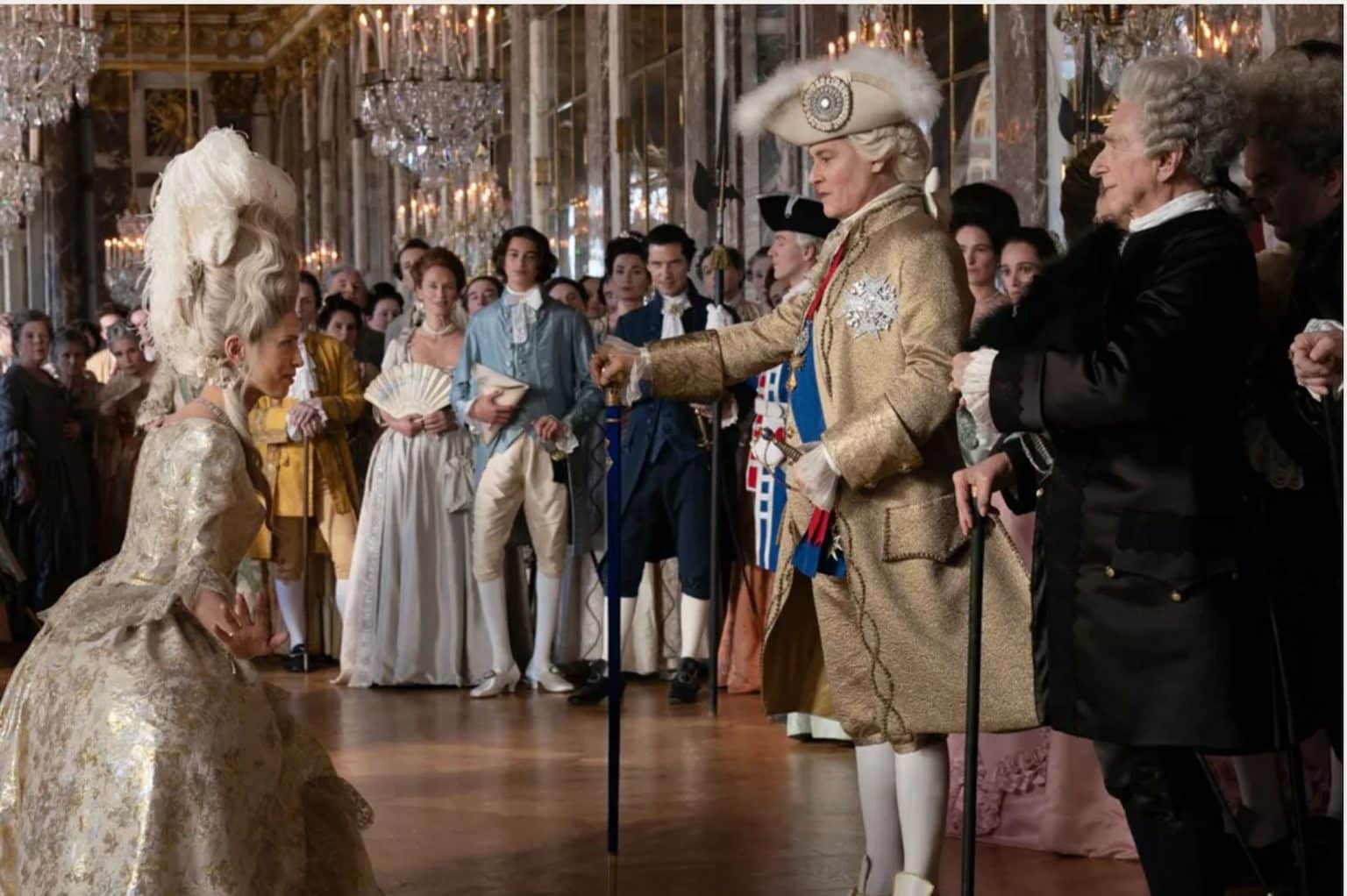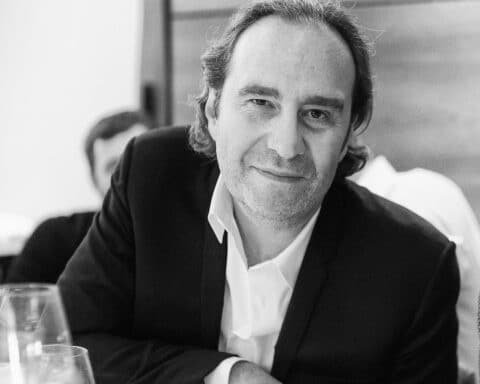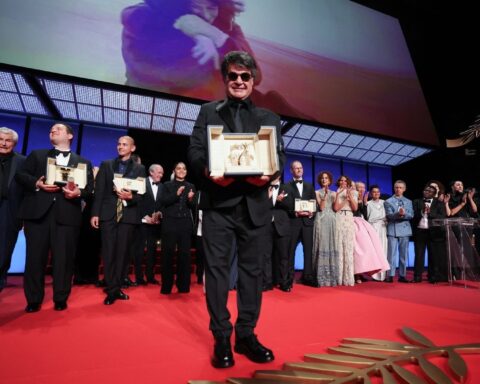Maïwenn’s sixth feature film, the opening film of the 76th Cannes Film Festival, “Jeanne Du Barry,” signs the return of the director to Cannes as well as Johnny Depp, who has been absent from the screens since 2018. What to rediscover the story of the Countess du Barry, who became, by force of circumstance, the ultimate favorite of the King of France … until causing his own loss.
Maïwenn director and actress
Maiwenn is a precocious actress. Pushed in front of the camera at the age of 5 by the love of her mother, the actress Catherine Belkhodja, she was revealed by her role as a young Isabelle Adjani in Jean Becker’s L’Eté Meurtrier (1983). She was then propelled by Luc Besson, who made her physically play the diva – an opera singer – in his film The Fifth Element (1997).
But it is definitely in directing that she reveals herself in the French cinematographic landscape.
From Pardonnez-moi (2006), describing her toxic relationship with her parents, to ADN (2020), a film about her Algerian origins, director Maïwenn has revealed much more about her past through her characters than one might suspect.
And that’s without counting Mon Roi (2015) on the love hold, Polisse (2011) evoking the backstage of a brigade of protection of minors or Le bal des actrices (2009), presenting with humor and a five-star cast the relationship to fame and power. Add to this the fact that when she directs, she is often in front of the camera.
A regular at the Cannes Film Festival, in 2011, she won the Cannes Film Festival Jury Prize with Polisse for her first selection in competition. Four years later, she returned to the official selection with Mon Roi with a role that allowed Emmanuelle Bercot to win the Best Actress Award.
For her sixth film, Maiwenn chose to focus on a historical character unfairly relegated to the image of “the King’s whore”: Jeanne du Barry, the last mistress of Louis XV.
However, the director has decided to abandon a purely historical reconstruction to focus on the passionate relationship between Jeanne Du Barry and Louis XV, in defiance of court protocol and rumors.
She thus declared to the JDD, “The purists will perhaps criticize me, I am prepared for it, but I completely assume the angle that I chose.” She nevertheless specifies that her retelling of the historical character will be “neither pop nor rock,” as Sofia Coppola had done for her film Marie-Antoinette.
The only “modern” dimension of this production is perhaps the signature by Chanel of six dresses by Jeanne Du Barry. A bias far from irrelevant when we know that its former artistic director Karl Lagerfeld was particularly fond of the Grand Siècle with its crinoline dresses and the rococo style. The singer Dua Lipa at the MET Gala wore a vintage dress from the Haute Couture collection fall-winter 1992 of the House.
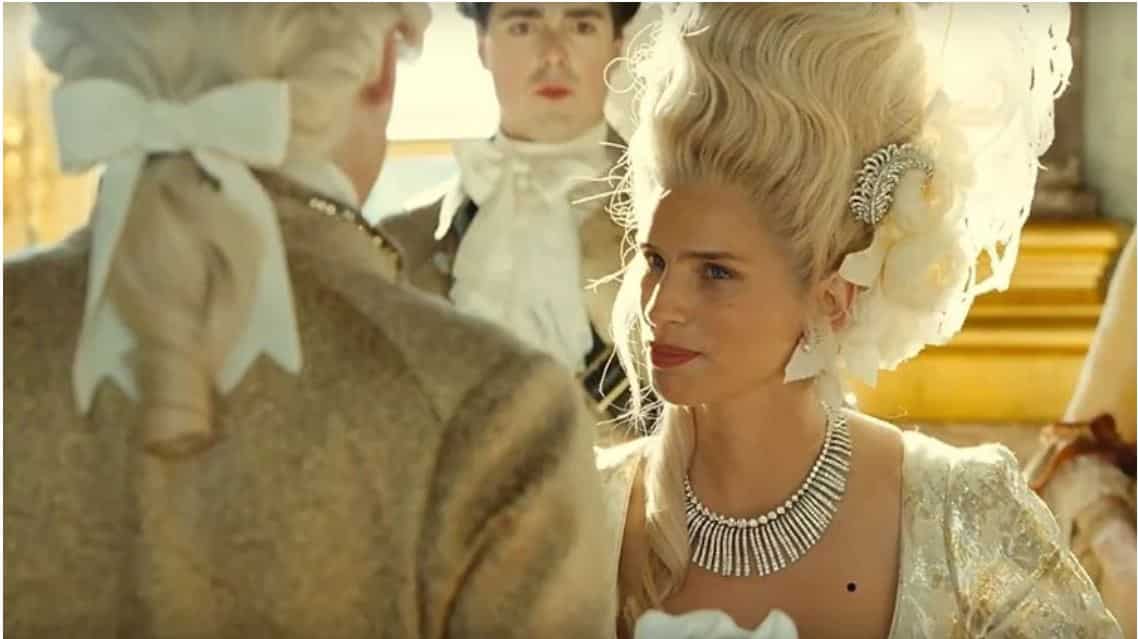
The film also showcases the group’s other Houses, including hats from Maison Michel, goldsmiths from Goosens, and Chanel’s fine jewelry.
For example, during the scene of her official meeting with Louis XV, Maïwenn wears a reissue of the Franges necklace with the Chanel feather brooch, which can be seen on the film poster.
A patron of the arts – just like the real Jeanne du Barry – Chanel has also recently supported another French film: Martin Bourboulon’s Three Musketeers.
The only thing it has in common with Sofia Coppola’s film is that it has opted for great freedom of tone. Maïwenn concedes on this subject that she “wanted to make a tale about a magnificent loser who runs to her doom.”
The bias is also resolutely feminist, with a heroine described as a powerful and ambitious woman.
According to the official synopsis, it is about “Jeanne Vaubergnier, a girl of the people eager for culture and pleasures,” who uses her charms and her intelligence to climb the ladder of society one by one. She becomes the favorite of King Louis XV, who ignores her condition as a courtesan but finds with her the taste of life. The two fall madly in love. Against all convention, Jeanne moves to Versailles. And her arrival scandalizes the court…”
The director conceded to Pierre Lescure, in the program Beau Geste on France 2, that Jeanne du Barry is a bit “the metaphor of all the struggles of [her] life.” Coming as she does from a modest family, she experienced the condescension of film professionals, criticizing her lack of education (she quit school at 15), her liberal morals (precocious sexuality) or her relationship with the director Luc Besson, father of one of her children. These reasons naturally pushed her to embody herself this controversial character of French history.
Behind Jeanne du Barry, it is to break the caricatured clichés conveyed by this “girl of the streets,” discovered by Maïwenn in the film Marie-Antoinette by Sofia Coppola (2006) and played at the time by Asia Argento.
The rise of a commoner
The story of Jeanne Bécu, who became Countess du Barry, is very romantic, somewhere between Choderlos de Laclos’ Dangerous Liaisons – or the Gossip Girl series, depending on the genre – and Maupassant’s Bel-Ami.
We find scheming, power games, transgression, libertinage, ambition, and thwarted love. The heroine’s journey is also that of a woman, a class defector, at a time when rank – like sex – presided more than ever over the individual’s destiny.
Jeanne du Barry is thus one of the rare favorites to have approached the image of the Marquise de Pompadour. Mistress of Louis XV for 20 years, she was considered a model of social elevation, beauty, elegance, and spirit.
Born in Vaucouleur (Meuse) to a seamstress mother and a bawdy monk father.
Her mother’s flighty lifestyle brought her into disrepute, and she was sent to a convent. For nine years, Jeanne received a quality education alongside middle-class girls.
At the age of 15, Jeanne met a young hairdresser who made her aware of her beauty and the seductive power of her hair.
However, at that time, her remarkable physique and her lack of title promised her, at best, a career in gallantry, another name for high prostitution.
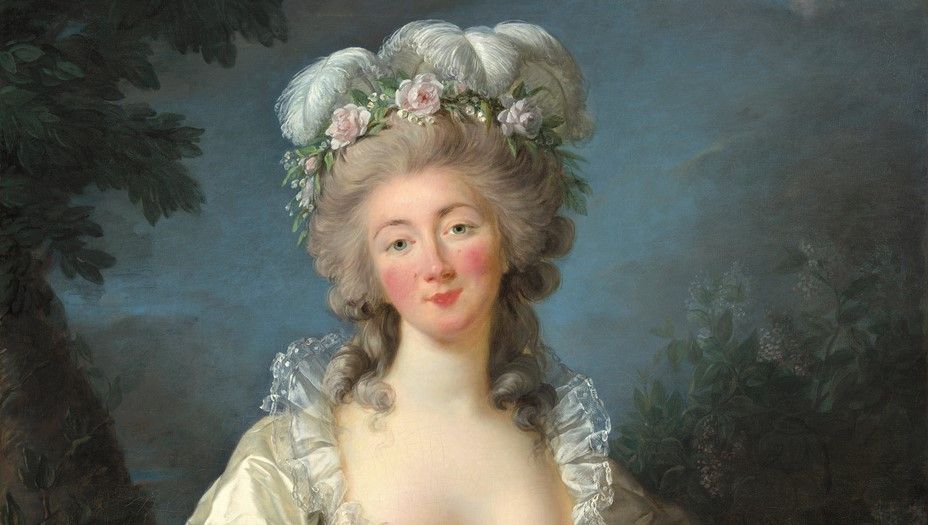
But fate leads her first to be a chambermaid in the Lagarde family, a family of financiers, where she will get a taste for luxury. Accused of having had an affair with one of the sons, she was chased away and forced to become a store girl.
She developed a keen sense of fashion in contact with the elegant women of the time, anticipating the natural and relaxed style that Marie Antoinette would later adopt. She then met a rather unusual client, La Gourdan – a brothel owner – who suggested that she sell her charms to the highest bidder. She ends up joining this place of pleasure, which supplies the network of high prostitution managed by Jean du Barry, known as “le roué,” in other words, “the debauched,” violent and without scruples. Having become his mistress, she soon falls under the sway of this Count, known throughout Paris as the only aristocrat who “brocante” girls.
Jeanne’s gentle and honest demeanor earned her the nickname Mademoiselle L’Ange and great popularity with his clients. But the Count made her work excessively, so she settled down to run a conversation salon. She then became friends with the Maréchal, Duke of Richelieu. Like Jean Du Barry, he no longer tolerates the power exercised for 10 years by the Duc de Choiseul, the King’s beloved Secretary of State and ex-favorite of the Marquise de Pompadour.
The two men then have an idea to get closer to the royal power and benefit from the associated privileges: introduce Jeanne to the King’s bed. But they had to get in touch with Dominique Lebel, the first valet of his majesty, also nicknamed the Minister of Pleasures. The latter is the King’s flatterer, who has a terrible fear of venereal diseases. Jeanne manages to convince him and ends up being presented to the King. Lebel makes her believe that she is the Countess du Barry, and it is love at first sight.
Against all odds, what was supposed to be a fling serving as a springboard for the two ambitious Richelieu and Count du Barry, ends up leading to a much more solid relationship. Conquered by Jeanne, the King wishes to introduce her to the court. This was not without its problems. Indeed, according to a royal regulation of 1750, only those who could prove immemorial nobility and marital status could stay at Versailles. Lebel is therefore forced to reveal the deception to the King.
Having abhorred protocol and firmly in love with the courtesan – 35 years his junior – Louis XV decided against all odds to regularize her situation. Jean du Barry, being already married, Jeanne married his brother in a mock religious ceremony.
As for the absence of noble origins going back to 1400, she was finally found to be related to the Barrymores, a noble family in England…and the king’s genealogist turned a blind eye.
On April 22, 1769, Jeanne was finally officially presented to the court. Considering Louis XV as a man – not as a King – and initiating him to practices coming from the brothels of Paris, she will manage to take the place of the Pompadour in his heart. It was a rare event that she had an attic apartment in Versailles, initially intended for the king’s daughter-in-law, the Dauphine Marie-Josèphe de Saxe.
Although she was of modest origin, she obtained a white and gold interior from the king, usually reserved for people of noble lineage.
The latter showered her with gifts of jewels and estates, so much so that she was described as “dripping with diamonds.”
Jeanne du Barry, a patron of the arts, commissioned numerous pieces from the carpenter Delanois, the cabinetmaker Leleu and the painters Drouais le Fils, Elizabeth Vigée Lebrun, Fragonard, and Vien.
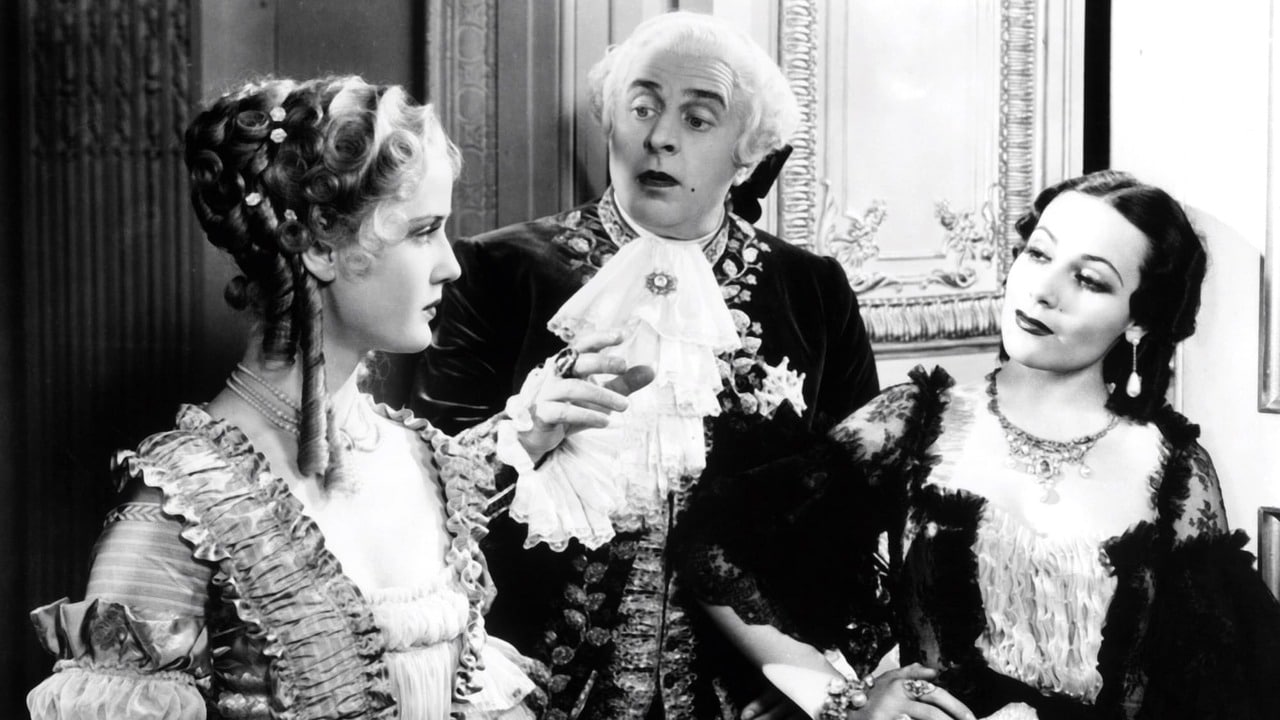
However, she soon came up against the hostility of courtesans who were jealous of her beauty and her title of royal mistress. The young dauphin, Marie-Antoinette, pushed by a scandalized royal family, does not delay to show her hostility.
The Duke of Choiseul, for his part, sought to make his sister – Beatrice, Duchess of Gramont – the King’s mistress to manipulate his majesty to his will. But seeing his plans collapse, he finances a particularly virulent campaign of denigration against Jeanne.
But love conquers all… except death. On May 10, 1774, the King died of smallpox. By royal decree, his successor, the young Louis XVI, chased Jeanne out of Versailles. Once again unmarried at 31, she found refuge in her estate of Louveciennes, a gift from the late Louis XV, where she was in perfect love with the Duke of Brissac.

But Jeanne was soon caught up in the French Revolution. Careless, she made the mistake of keeping up her correspondence with European emigrant nobles. When some of the loot stolen from her estate was finally found in London – a city she used to visit – she attracted the attention of the Comité de Salut Public. The latter accused her of supporting the counter-revolution and had her arrested.
She was subjected to an expeditious trial, poorly defended, accused by the public prosecutor Fouquier-Tinville and finally guillotined.
Less famous than Queen Marie-Antoinette and La Pompadour in the collective imagination, du Barry is also little represented in the cinema.
The last production dedicated to her, Madame Du Barry, was made in 1954 by Christian Jaque, with Martine Carol in the title role.
It was not until the film Marie Antoinette by Sofia Coppola (2006), to see this representative of the demi-monde under the golds of Versailles again, under the features of Asia Argento.
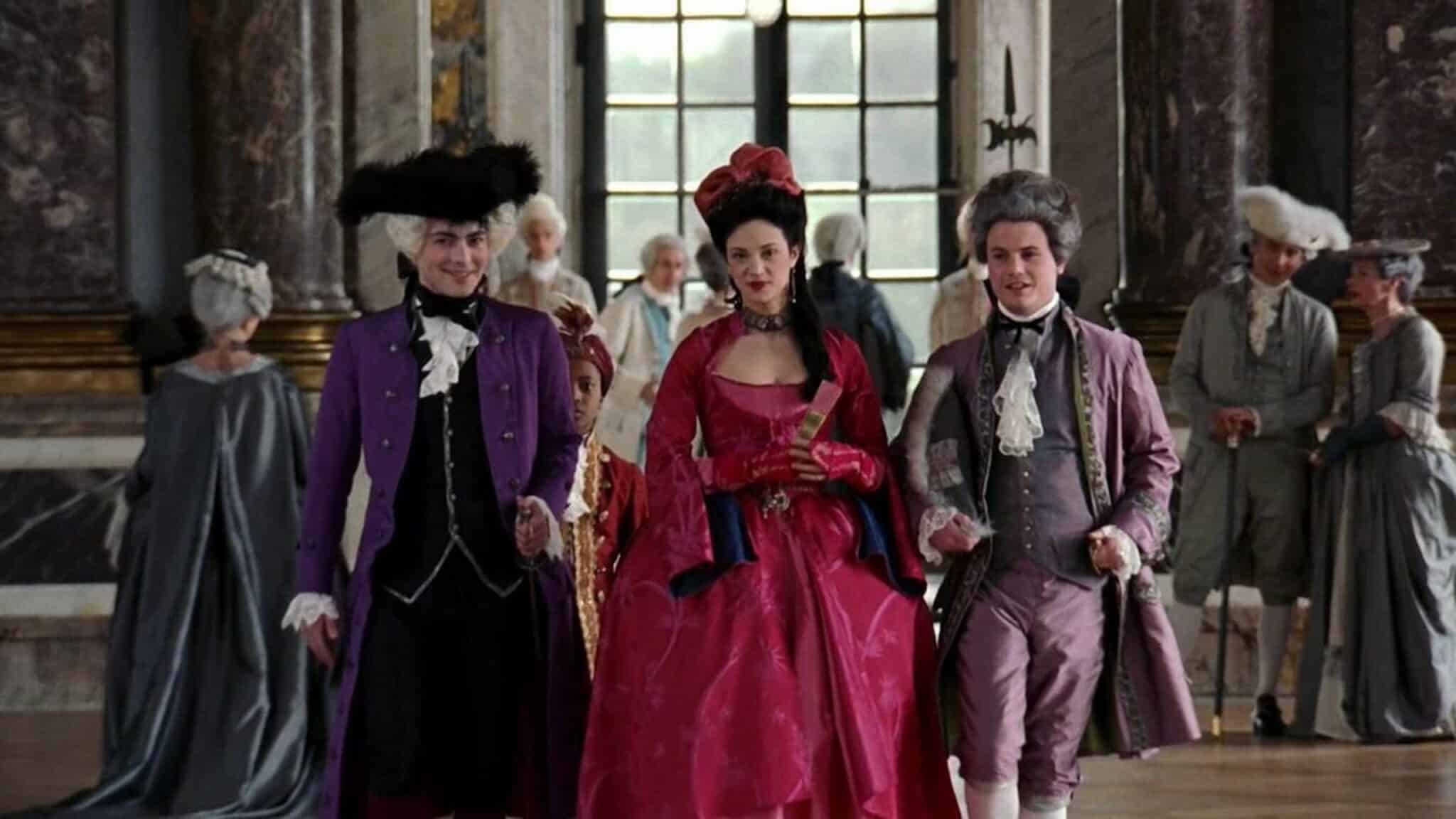
The actress then gives the line to Louis XV, played by Rip Torn. A king on the decline, marked by his advanced age and worried about his salvation. A role of choice for an actor in search of redemption … like Johnny Depp.
The Return of Johnny Depp to the screen
Another title role, the film signs the return of Tim Burton’s favorite actor and star of the Pirates of the Caribbean franchise: Johnny Depp. From Las Vegas Parano to Pirates of the Caribbean, the 59-year-old actor is also a regular at the Cannes Film Festival, especially since he presented his film The Brave as director in 1997.
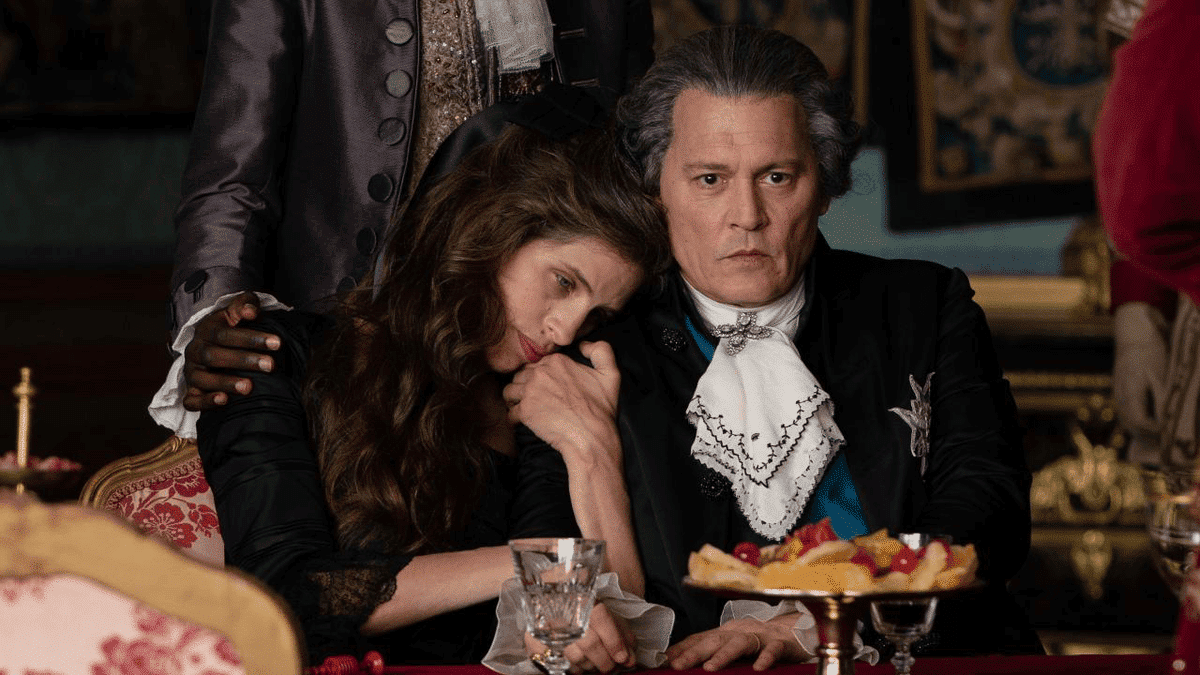
In the film Jeanne du Barry, Johnny Depp plays Louis XV. A sexagenarian king, particularly depressed when he meets the young commoner. Two years earlier, the latter has just lost, one after another, his son, the Dauphin Louis-Ferdinand, his previous mistress, the Marquise de Pompadour, and his wife, Queen Marie Leszczynska.
A role that Johnny Depp plays – for once – entirely in French.
Maïwenn wanted to give him the line and make the relationship credible with an actor she finds sexy, mysterious, royal, and dark. As a teenager, she fell in love with the musical Cry Baby by John Waters (1990). Johnny Depp found himself on the panel of proposals for the role of the King of France.
The American actor was not seen on the screens since Fantastic Beasts 2: The Crimes of Grindelwald, released in 2018.
This return is not without controversy since the resounding and highly publicized trial that opposed him to his former wife, Amber Heard, was based on accusations of domestic violence and then mutual accusations of defamation.
The House of Dior has recently decided to renew its faith with the actor – its muse since 2015 – through a contract with the amount never reached to promote a male perfume: more than 20 million dollars, reports Variety magazine. Enough to eclipse the sums received by Robert Pattinson for Dior Homme (12 Million dollars) or Brad Pitt for Chanel N°5 (7 million dollars).
Against the backdrop of the post #MeToo movement, these events mean that her appearance at the Cannes Film Festival could generate some outbursts.
The director nevertheless assumes his choice, telling the JDD, “What impressed me most was his expressiveness: in the scenes without dialogue, his face let a lot of emotions pass.”
However, the actor is not the only distinguished guest in the film.
Also on screen are Benjamin Lavernhe, Pierre Richard, Melvil Poupaud, Noémie Lvovsky, Pascal Greggory, India Hair, and of course… Versailles!
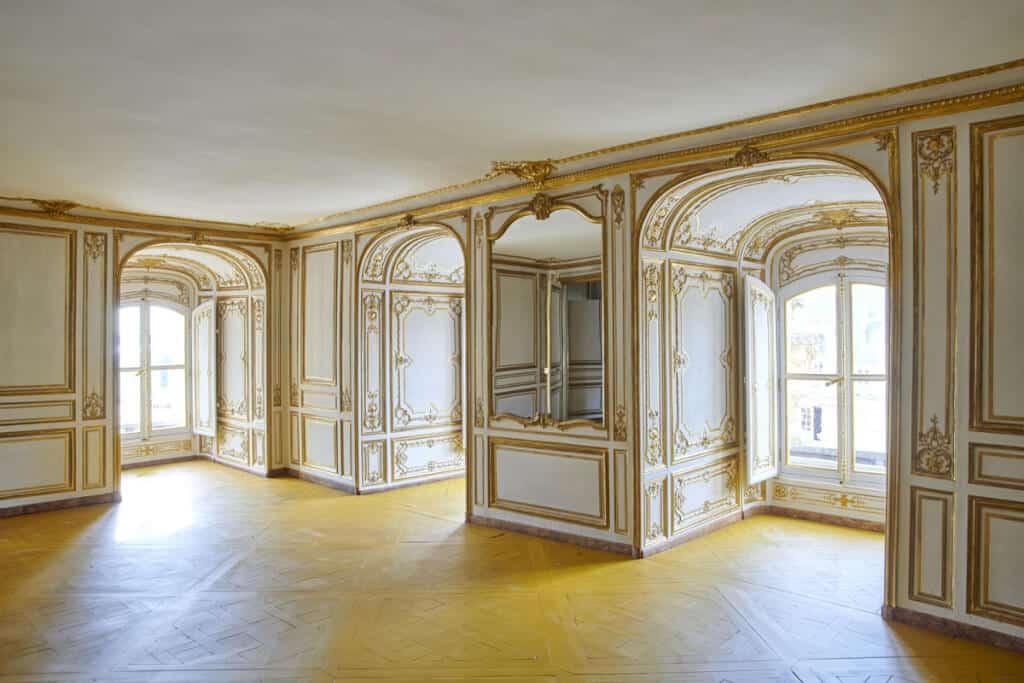
Indeed, the film Jeanne du Barry was shot for a large part in the historical settings of the famous castle – particularly in its newly restored apartment – as well as in Vaux le Vicomte.
Read also > THE 76TH EDITION OF THE CANNES FILM FESTIVAL HAS STARTED
Featured photo :© Stéphanie Branchu / Why Not Productions




